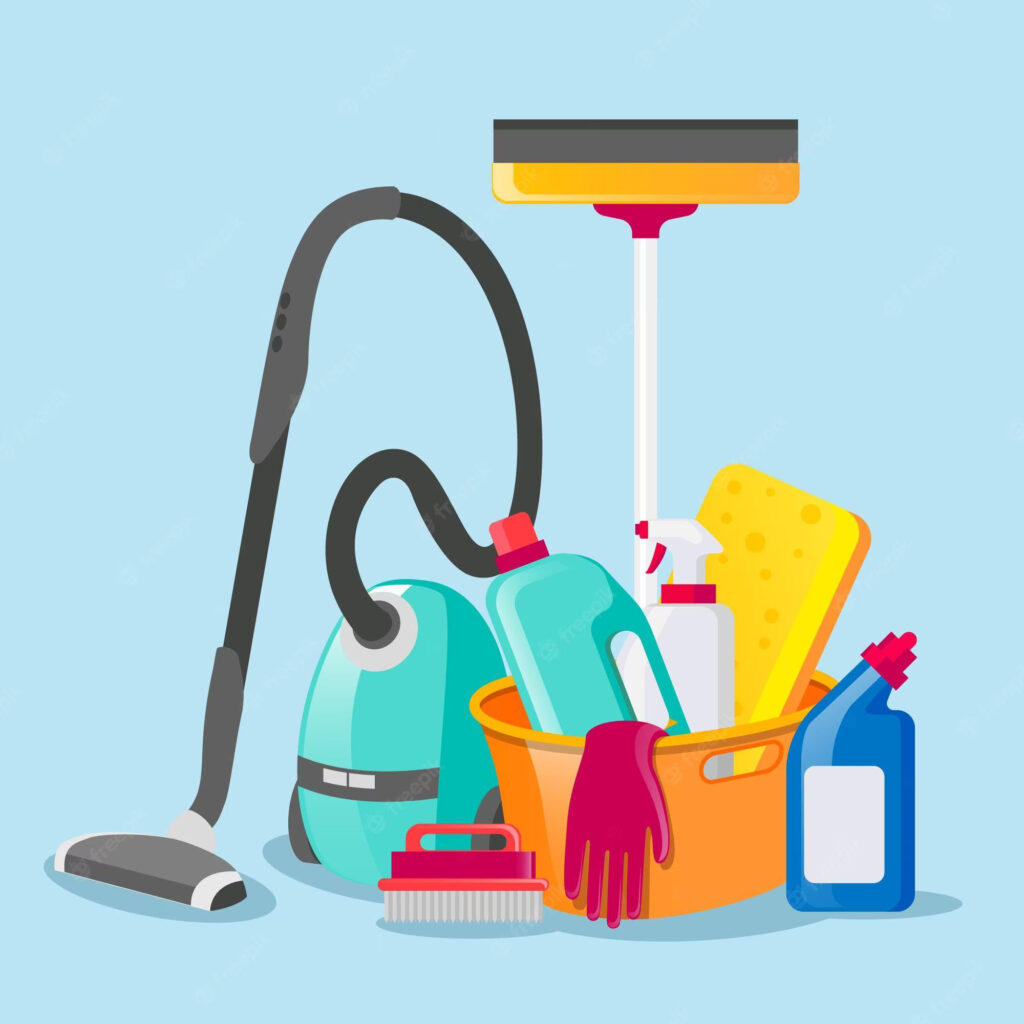Uncategorized
Common Cleaning Mistakes
Common Cleaning Mistakes
There are many cleaning mistakes that business owners and employees often make without realizing it. These things happen day in and day out and while they seem inconsequential, they may be costing you valuable time, energy, and money in potential maintenance and repairs.
Here are some of the top commercial cleaning mistakes you should avoid:
Cluttered Workspaces
One of the most common office cleaning mistakes is when employees consistently have cluttered desks. It becomes easier to misplace or lose important items and the disorder often begins to spread into other areas of work, so don’t be afraid to set expectations.
Ignoring Spills or Stains
If your office has patterned carpet, it’s easy to let a spill simply blend in. While you’d like to think that your employees take ownership of their accidents, it’s not always the case. Although small spills may seem harmless, over time they lead to long-term damage to floors, upholstery, and more. Again, don’t be afraid to set the expectation of cleaning up spills immediately.
Scrubbing Spilled Stains
Scrubbing spilled stains may help to set the stain instead of removing it. Blotting the stain to remove excess liquid instead of scrubbing will help keep your carpet intact. After that, you can spray carpet cleaner on it to finish the job. When deep cleaning remember not to use too much water on the floor or carpet, which means the office needs more time to dry. Wet floors can lead to mildew and too much water can also cause metallic items in the office to rust.
Neglecting Hard to Reach Areas
Hard-to-reach areas are often ignored and can lead to accumulations of bacteria, viruses, and other harmful pathogens which can aggravate asthma and can worsen allergies and colds. Using a dry cloth to dust surfaces will not only create static charges that will attract more dust particles, but will also scratch the surface of the furniture. For the best result, consider using a soft microfibre cloth moistened with the proper dusting agent.
Cleaning with Dirty Equipment
What you use to clean also makes a difference. If you have the same sponge, mop, or rags available every day for cleaning, you’re not getting much of anything done. Using old or soiled cleaning equipment not only pushes germs around from surface to surface, but also facilitates the growth of mold, fungi, and harmful bacteria.
Using a color-coding system can help prevent cross contamination and decrease the risk of communicable viruses and bacteria. For example, blue equipment might be used in areas where food is stored, prepared or served. Equipment that is red may be used to clean washrooms and baby changing facilities. Yellow equipment may be used on floors only. Color coding equipment makes it easy for all employees to identify what should be used in each area.
Avoiding Bathroom Cleaning
No one wants to clean the communal office bathroom, but avoiding it isn’t going to make it any better. Office bathrooms are breeding grounds for germs, especially when it’s shared by multiple businesses, clients, and guests.
Not Disinfecting Daily
A lot of people have the mentality that if something looks like it’s clean, it is. However, germs and pathogens are microscopic and our eyes can’t detect them. To keep your office clean, reduce employee sick days, and make sure that everyone is healthy, you need to disinfect your building daily with high-quality cleaning supplies. This is especially important for common areas like the bathroom, break room, and kitchen.
Not Disinfecting Properly.
Don’t over or under use disinfectants, both of which put cleaning staff and facility occupants, visitors, and assets in harm’s way. The biggest mistakes in this area are failing to follow the manufacturer’s instructions, including allowing the required dwell time, and not disinfecting before and after potential transmission or high-traffic use of a surface or area.
Working Without a Plan
Perhaps the biggest office cleaning mistake is not having a plan. Without a plan, everyone thinks that someone else is responsible for a job. Make your expectations clear to your employees and create a plan to increase cleanliness throughout the day.

